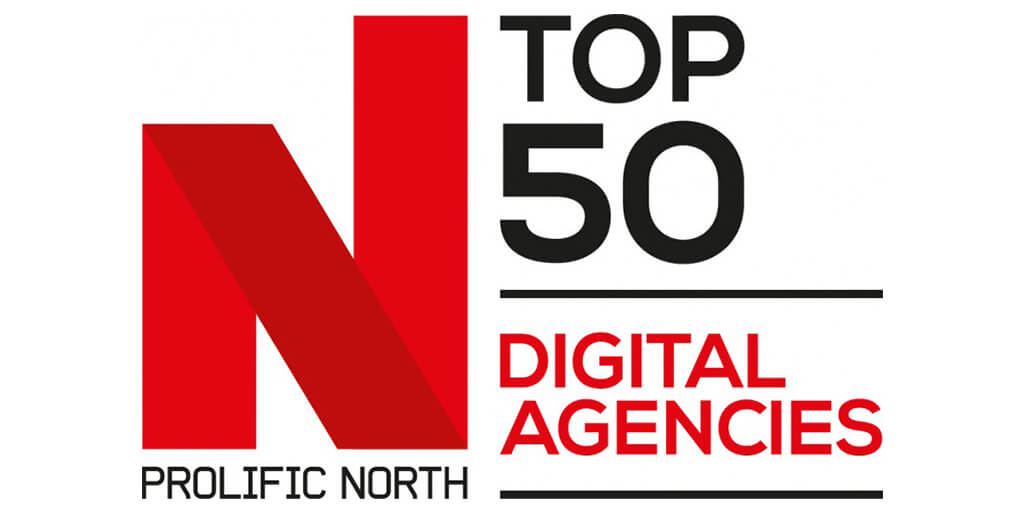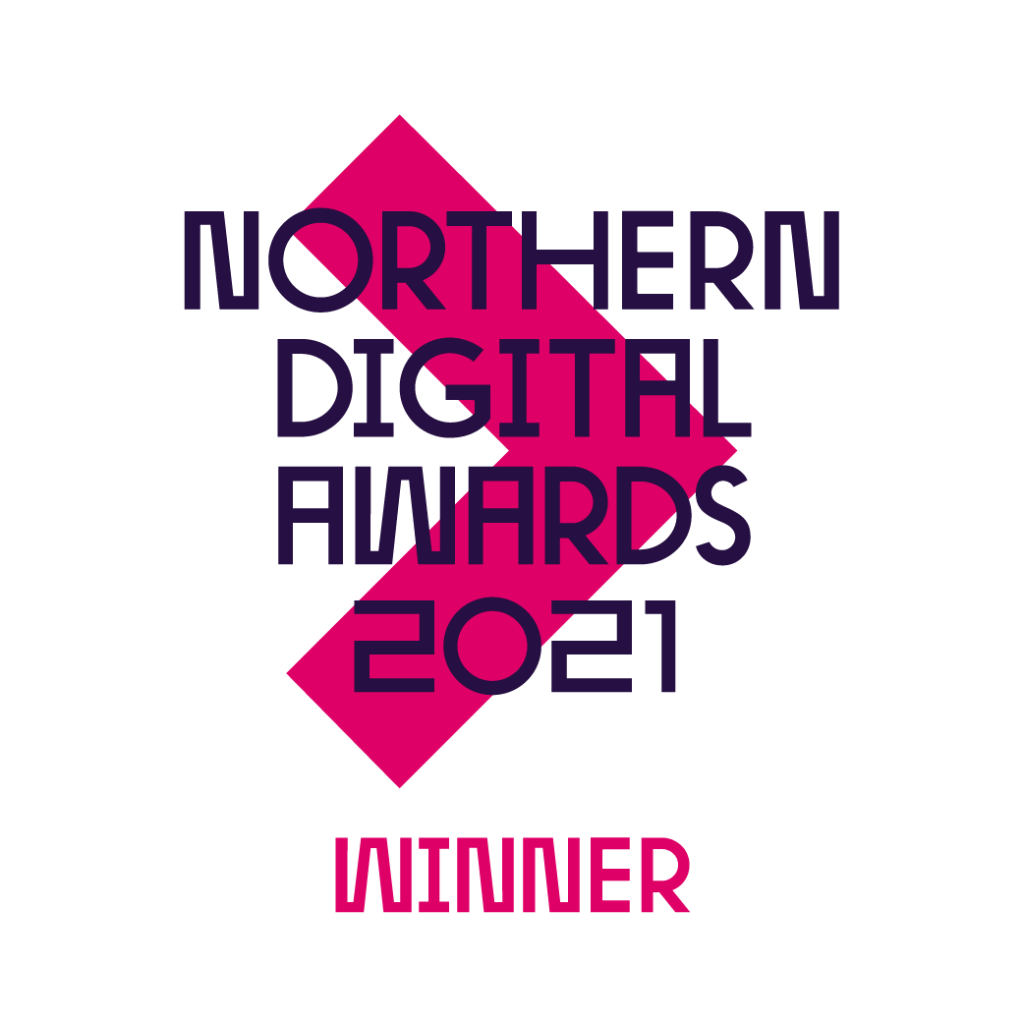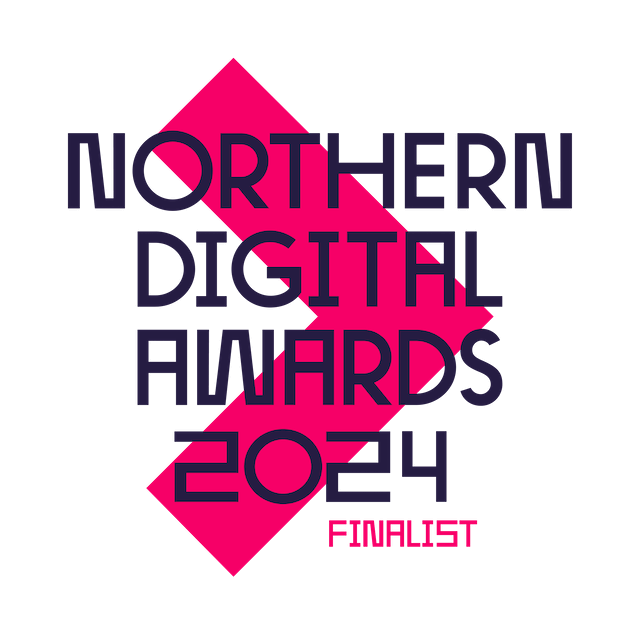Are you thinking about including TikTok in your marketing strategy? Or just wanting some knowledge on the topic? In this article we’re going to myth-bust the cultural phenomena that is TikTok and explore how you can look to embed it into your own strategy.
It seems a day doesn’t pass without TikTok appearing in the headlines. Whether you’re a fan or a foe of this scandalously popular platform, you can’t dispute the media storm has placed it at the epicentre of current affairs. TikTok was recently dubbed as having created a ‘completely new subculture’ and the proof is in the pudding with over 2 billion downloads worldwide. 315m of these downloads have happened since lockdown began, the most downloads any app has ever gotten in a single quarter.
800 million of these are now active monthly users, ranking it 7th in the world above the likes of Snapchat, Linkedin and Twitter. But with Donald Trump pushing for a US ban on the app, in addition to subsequent security concerns globally and the introduction of competitor apps (such as Instagram’s Reels launching at the start of August) is it worth you getting involved with the app?
Before you can make that decision, let’s delve into the truth behind seven of the biggest myths surrounding TikTok.
1. TikTok is just for Gen Z
Despite the TikTok’s world domination, many brands are put off from working with them as they believe its audience to be too young. It is undeniably true that the app has a young audience, in fact, it’s estimated that 66% of users are below 30. But this breaks down into a mix of both Gen Zers and Millennials, and the millennial sector of this (along with the older groups) is rising continuously.
As the app slips further into the mainstream we are seeing people of all age groups become involved with it, so don’t be put off by the average age.
2. My brand doesn’t suit TikTok
The issue here lies not with the age of the audience, but the perception of brands and marketers that a younger audience isn’t as valuable. This puts many brands off working with TikTok as they feel it doesn’t ‘suit’ their brand.
However, it’s important to understand the younger audience is the future of the consumer market, and the more brands place themselves into this sphere, the more they will reap the benefits in the long term.
Regardless of their sector, we are now seeing more brands stepping out and working with Tiktok, such as Manscaped, Easy Auto Savings, Chipotle, Turbotax and Experian.
3. You can’t commercialise TikTok
It’s true that, originally, TikTok was concerned with user experience as opposed to potential monetisation. But in June 2020 TikTok introduced TikTok for Business to help brands find their feet on the platform. Spearheaded with the tagline ‘don’t make ads, make TikToks’, the platform invites brands to get creative with their advertising.
They have since introduced several forms of ads, such as in-feed video ads, brand takeovers, hashtag challenges, branded AR content and Custom influencer packages. Before this, TikTok’s main source of monetisation came in the form of ‘coins’, where users can ‘tip’ their favourite creators.
It’s estimated around $456 million (approx. £347 million) has been spent on TikTok coins since their introduction, and this is how TikTok was previously making their revenue. Following the introduction of ads in 2019, it’s estimated that TikTok’s monthly earnings went from $3.5 million to $14.7 million directly disproving the monetisation concerns around the app.

4. Engagement rates are higher across other social media platforms
Previously Instagram has the highest engagement rate however, since TikTok found fame, times have changed. According to a sample of 1000 influencers studied by Influencer Marketing Hub, TikTok’s engagement rates were notably higher than Instagram and Twitter. This comes as no surprise as TikTok’s primary function is for engagement.
TikTok itself postulates that the platform ‘enables everyone to be a creator, and encourages users to share their passion and creative expression through their videos’. The engagement levels prove that encouraging engagement, participation and creativity across the app is working successfully.
5. TikTok is best for targeting the Asian market
TikTok’s roots are deeply embedded in Asia, and this certainly was the first market it found its success. However, since then, TikTok has spread across the world, now active in 155 countries and 75 languages.
According to Route Note, the country with the most users is India, followed by the US. Also among the top 10 are Germany and France, proving that TikTok is rife across all continents, not just Asia.
6. TikTok’s algorithm is a secret
That was true, up until recently. A few months ago TikTok put rumours to bed by finally revealing the truth behind their algorithm. The factors that affect your feed are; user interactions (content you like/ share, creators you follow, comments posted and content created), video information (i.e. captions, sounds and hashtags) and device and account settings (e.g. language, country and device).
These factors are then devised into indicators of interest. An example of a strong indicator is completion rates of video, whereas a weaker one would be country of origin. This means that feeds are unique, based heavily on interest and activity.
TikTok has expressed concerns about optimising for personalisation and relevance due to the potential to create ‘filter bubbles’. This is when a user continually sees the type of content they are most likely to engage with. Tiktok has said they making moves to rectify, ensuring they are diversifying feeds to keep their audience interested.
7. You need thousands of followers to go viral
On networks like Instagram, generally, to go viral you need to have a lot of followers. On TikTok, they have moved away from this stating ‘neither follower count nor whether the account has had previous high-performing videos are direct factors in the recommendation system’. This means you can have just a few followers and still go viral, making the process far more authentic.
SO, IS TIKTOK RIGHT FOR YOUR STRATEGY?
Heading back to our original question, and with Donald Trump now looking to have TikTok either banned or sold by mid-September, is it worth getting involved?
The details of this answer depend on your brand, location and budget but, on the whole, if you have the capacity test and see what TikTok can do for you. As TikTok continually features in the mainstream media, it will catch the interest of a wider audience which could result in broader popularity. Just like all trends, there will be a peak and a trough. But as we’re now at a point where we’re seeing continuous growth, why not get creative and get involved while you have the chance?
Check out our latest blog posts for the latest news, and if you’re interested in finding out more about what we can do for your brand, get in touch with us today.
by Louise Barber





